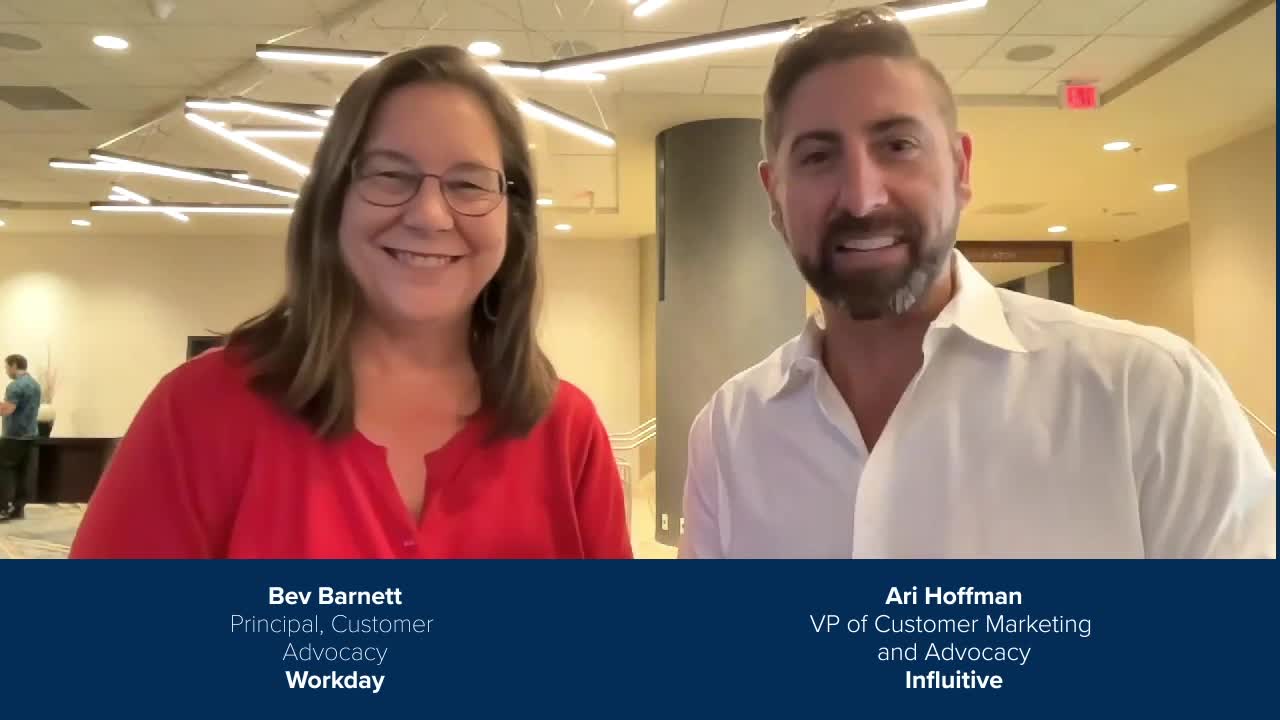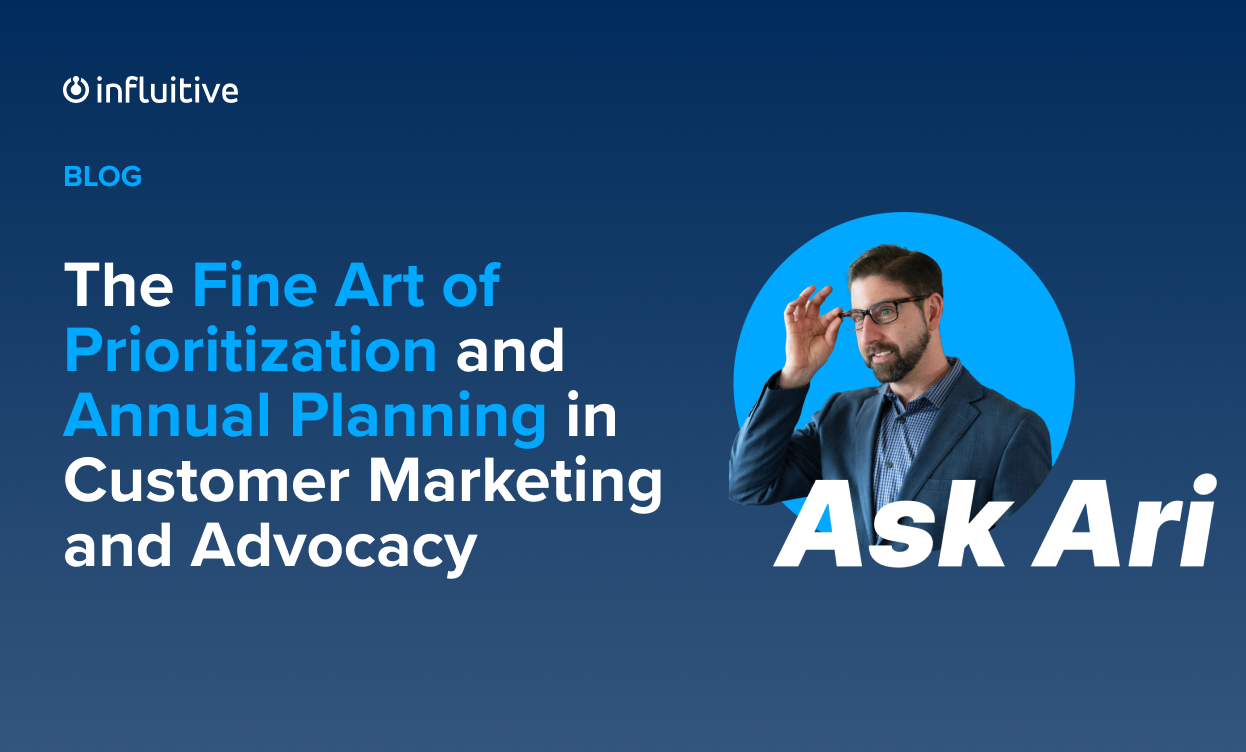Setting clear priorities is one of the most important – yet often overlooked – skills for driving productivity and impact, both on a personal level and for organizations as a whole. Without the ability to strategically filter efforts based on importance and current resources available, we risk spreading ourselves thin and failing to accomplish our most strategically pressing goals.
That’s why I was excited to sit down with Workday’s Bev Barnett, one of the savviest and most effective leaders I know, to dig into her philosophy on prioritization. With an endless array of potential initiatives but finite bandwidth, Bev has developed an artful approach to narrow down to what matters most to create incredible results.
In our following discussion, Bev shares sage advice on locking in strategic alignment, securing stakeholder buy-in, optimally allocating resources between must-do priorities and experimental tests, and continually revisiting priorities against shifting corporate objectives. Read on for Bev’s top tips or watch our short video interview below (3 minutes).
 Episode 5
Episode 5
Align to Organizational Goals
Bev stresses that effective prioritization starts at the top. What are the overarching goals of the organization for the coming year? As a leader, you need to have clarity on the key initiatives marketing, product, sales, etc. – that ladder up to achieving those big-picture objectives. Without that understanding, you’ll lack the context needed to properly prioritize.
Of course, most large companies have OKRs or other goal-setting frameworks in place. Become intimately familiar with these. Then assess how your team and your priorities either directly deliver on those goals or support other groups in accomplishing them. You want crystal clarity on how your work traces back to moving top-level needles.
Filter Down and Support Up
Once the big organizational goals are clear, they need to be filtered down so that teams and functions understand how their priorities should map back. I always coach leaders to view goals from both directions – down and up:
- Down – How do the objectives disseminate to my group? What are we tasked with delivering?
- Up – How will my team’s work support the company’s highest priorities? Where is my leverage to make the biggest difference?
This bi-directional perspective ensures you have both strategic alignment and a grasp of where you can uniquely move the needle. In Workday’s case, Bev has a razor-sharp read on the marquee initiatives she must drive forward in communications and events. Simultaneously, she comprehends exactly how providing wrapped-around support in these areas fuels vital company goals.
Customize for Stakeholders
Since most major initiatives require cross-functional coordination, Bev underscores the importance of customizing your “top priorities” presentation based on the stakeholder. She doesn’t just go to product with a communications plan. She first takes the time to deeply understand the product team’s goals and challenges. Then she tailors her priority narrative around where she can deliver the most value to them specifically.
This stakeholder personalization applies whether you’re trying to get buy-in within your own function or synchronize priorities across groups. Make things explicitly relevant to the person or team based on their particular objectives and context. You’re much more likely to achieve alignment and collaboration this way.
Weed Through and Set Tests
With such a packed portfolio spanning thousands of initiatives, Bev notes she must vigilantly weed through to hone in on true priorities. It’s so easy to get distracted by “nice-to-haves” or speculative projects versus doubling down on the handful of programs that will make an outsized impact.
Within her remaining priorities, Bev looks to identify areas where introducing some test projects could generate breakthrough results without massive effort. She’s relentlessly focused on innovations that will unlock big new customer or revenue growth opportunities. These test concepts – once validated – offer huge scale potential for Workday.
The Prioritization Process
Stepping back, Bev outlines a comprehensive process for arriving at priorities across her organization:
- Deeply understand company goals and key initiatives
- Clarify at a team level what must get done and where we can uniquely support
- Weed out nice-to-haves leaving only true priorities
- Identify some test concepts to help break into new areas
- Customize rationale and emphasis for each stakeholder
- Socialize priorities across functions securing buy-in
- Continuously re-assess relative to new corporate objectives
Especially with shifting market conditions and strategic responses, Bev stresses that prioritization is not a one-and-done annual exercise. It’s a recurring workflow where you must keep circles back to organizational goals and stakeholder contexts to ensure your priorities remain relevant.
Executive Alignment on Priorities
It’s important to recognize that prioritization mechanics look quite different the higher you ascend into an organization. Yet the principles hold consistent around understanding corporate objectives and where you can personally drive disproportionate impact.
Much like Bev and I advise, they then need to cascade this direction down into the organization, securing understanding and engagement. Regular reviews provide course corrections responding to internal execution or external market forces.
Conclusion

Whether you’re an executive or a front-line employee, prioritization is an essential discipline for driving personal and organizational productivity. By clarifying goals, identifying highest-value activities, saying no to less critical efforts, and revisiting priorities as contexts shift, you will propel dramatically better results.
Hopefully, the wisdom Bev shares provides an excellent blueprint to master this skill and watch your impact accelerate!












































